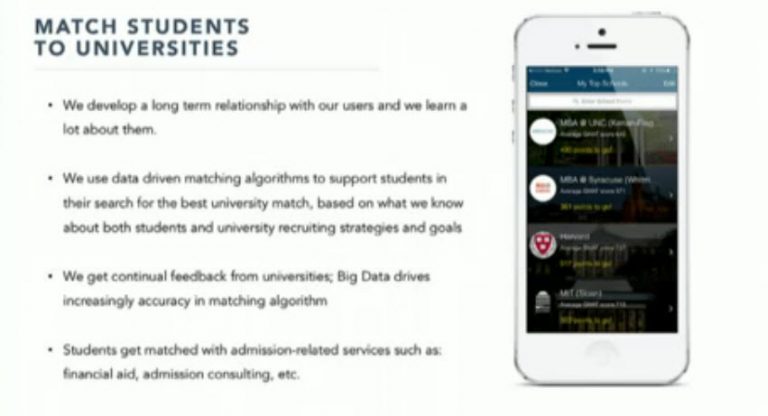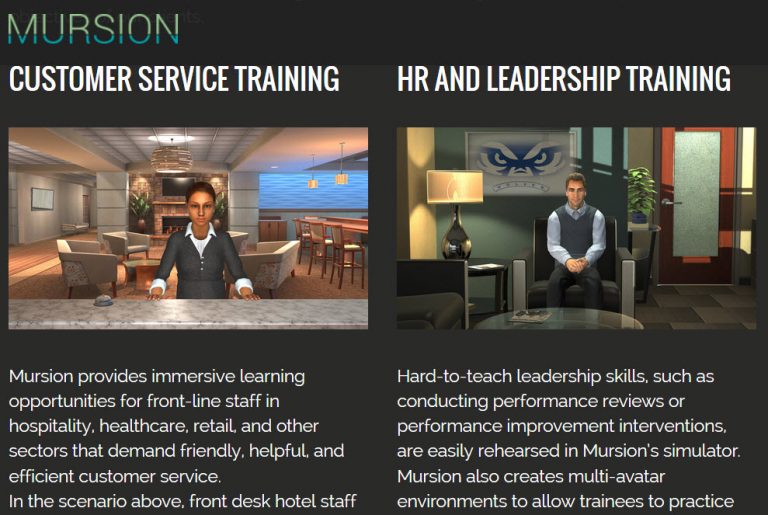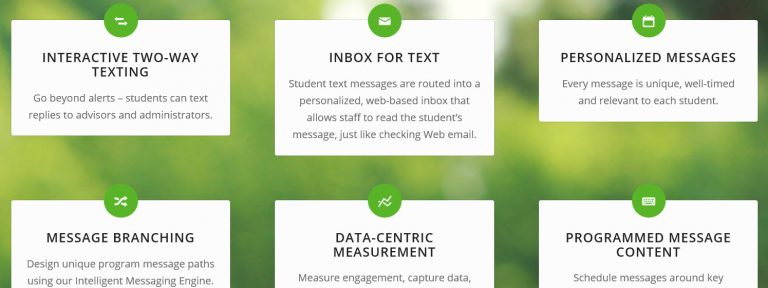Hundreds of start-ups and established companies promoted their ideas and educational technology products at the ASU GSV Summit last week in San Diego. Many were quite good, even if they didn’t live up to the magic that some of them promised.
I’ll write more later about some of the ideas that emerged from the summit, a gathering of technology companies, investors, and educators. For now, though, I’d like to highlight some of the technologies that stood out as having the most potential. This is anything but a comprehensive list. Rather, it reflects my interests as a university professor, as someone who works to improve teaching and learning, as someone who thinks and writes about the future of higher education.
I have not tried any of these products extensively, and I am not endorsing any of them. Rather, they stood out as addressing real issues in education or seemed to have the potential to influence higher education in some way.
What it does
Mursion is a training simulator that allows people to interact with on-screen characters. The interactions are realistic and can be tailored to many different scenarios. It works through algorithms but also through a person who acts a bit like a virtual puppeteer, adding real-life touches to the interactions.
Why it’s worth a look
This has great potential for things like diversity training (confronting racially charged scenarios) and teacher training (helping instructors learn to deal with controversial topics in the classroom). The company says that people who have used it engage with the characters much more frankly than they would real-life actors. I believe that based on the demo I saw. The cost is $125 an hour.
What it does
Versal is a platform for creating visually attractive and easy-to-follow online lessons. It has a drag-and-drop interface, and it ties into Blackboard, OneDrive and many other popular learning management systems and online tools, including Google. Widgets within the platform allow easy integration of material from about any online site.
Why it’s worth a look
As we create more hybrid and online courses, we need a way to provide visually appealing, interactive content. Versal looks as if it can do that through an easy-to-use interface. Its ability to embed content in learning management systems makes it especially appealing. A $50 faculty account allows a single user to create and embed course material. A school- or university-wide account starts at $7 per user.
What it does
SignalVine provides a two-way text messaging system for students. University staff members work through a computer dashboard to send personalized messages to students. Students can respond as well as ask questions and ask for help. The system provides data on students and messages.
Why it’s worth a look
Universities need to do a better job of reaching students on mobile devices. Students respond to and act on text messages far more than they do to email. (I’ve found that in my use of Remind in my classes.) The company founder made a compelling case that students tune out blanket text messages, as well. This could become a valuable tool for reaching all students but primarily for connecting with students we are concerned about losing. The cost is 50 cents to $1 per student per year. The company was a finalist for the Lumina Foundation Social Innovation Prize at ASU GSV.
Citelighter (There was a link, but the page no longer exists)
What it does
Citelighter is an online environment that provides a scaffolded approach to writing. Instructors drag and drop elements onto a board that students then use it to move step-by-step through writing assignments. It has built-in rubrics that provide data about each student.
Why it’s worth a look
Weak student writing is one of the biggest challenges many instructors face. Citelighter allows instructors to create structural guides for writing assignments, provide feedback quickly and easily through rubrics, and gather data about student performance. It is one of many companies with similar products aimed at helping students improve their writing and arguments, including Rationale, NoRedInk, Peerceptive, and EssayBuilder.
LTG Exam Prep (There was a link, but the page no longer exists)
What it does
The company creates mobile apps that allow students to study for the SAT, GMAT and other exams.
Why it’s worth a look
The company is using data from its apps to match students with universities, and allowing universities to reach out to students through the app. I don’t see this as a university teaching app but rather something that administrators need to pay attention to as students make their college choices. The company was one of three winners of the Venture Award at ASU GSV.
Doug Ward is the associate director of the Center for Teaching Excellence and an associate professor of journalism. You can follow him on Twitter @kuediting.


